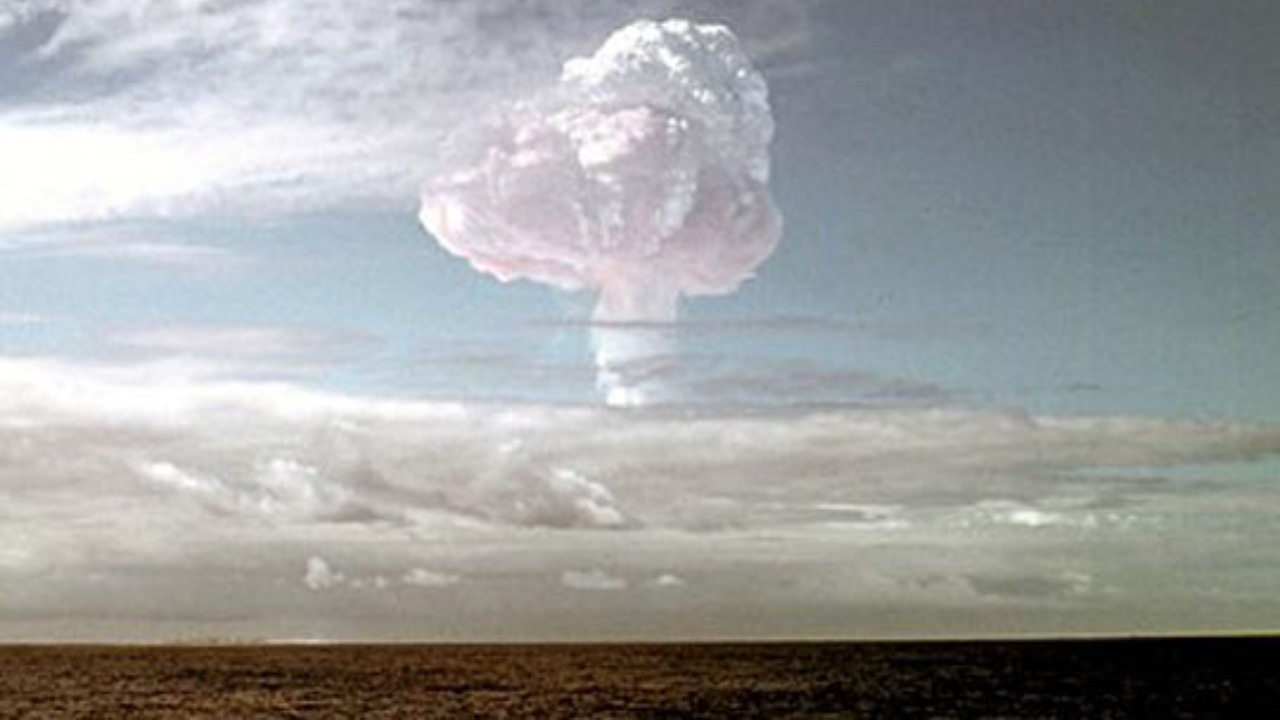
When North Korea conducted its most powerful nuclear test to date on September 3, 2017, the world was alerted not by official announcements but by the detection of seismic waves registering 6.3 on the Richter scale. This event highlighted the effectiveness of the International Monitoring System (IMS), a global network of monitoring stations that can pinpoint underground explosions within 10 kilometers. The system relies on real-time data sharing among 184 member states, ensuring no nuclear test goes unnoticed despite attempts at secrecy.
Seismic Monitoring Networks
Seismic monitoring networks play a crucial role in detecting nuclear tests. The Comprehensive Nuclear-Test-Ban Treaty Organization (CTBTO) operates 50 primary and 120 auxiliary seismic stations worldwide. These stations, including the AS57 station in Antarctica, recorded North Korea’s 2006 test at a magnitude of 4.3. The unique waveform analysis allowed analysts to distinguish the explosion from natural seismic activity. In 2013, the IMS detected North Korea’s second test near Punggye-ri with a yield of 6-7 kilotons. The event’s depth of 1-2 kilometers confirmed it was an artificial explosion rather than a natural seismic event.
Modern seismic arrays, such as those in South Korea’s KDAR station, can detect explosions as small as 1 kiloton up to 8,000 kilometers away. These stations integrate data from the USGS’s Global Seismographic Network for cross-verification, further enhancing the accuracy and reliability of the detection system.
Hydroacoustic and Infrasound Detection
Hydroacoustic and infrasound detection technologies are another vital component of the IMS. Hydroacoustic stations, like HA01 in the Indian Ocean, can capture signals from potential underwater tests. For instance, during historical Soviet tests in Novaya Zemlya, low-frequency sounds traveled through the SOFAR channel at speeds up to 1,500 meters per second. The IMS’s 11 hydroacoustic stations and 60 infrasound arrays detected anomalous signals during North Korea’s 2017 test, with infrasound waves propagating through the atmosphere at 300 meters per second to reach stations in Australia.
Infrasound from India’s 1998 Pokhran-II test was recorded by arrays in Germany, confirming the blast’s energy release through microbarometer readings of pressure changes up to 1 pascal. This technology provides another layer of detection capability, ensuring that no nuclear test goes undetected.
Radionuclide Sampling and Analysis
Radionuclide sampling and analysis is a critical part of the verification regime. The CTBTO’s 80 radionuclide stations, including RN48 in Japan, identified xenon-133 isotopes from North Korea’s 2017 Punggye-ri test within days. The atmospheric concentrations peaked at 100 millibecquerels per cubic meter downwind, providing clear evidence of the nuclear test.
The 2009 North Korean test released iodine-131, which was detectable by noble gas systems in South Korea. Sampling aircraft from the International Atomic Energy Agency (IAEA) confirmed ratios matching a 4-kiloton fission device. On-site inspection protocols under the CTBTO allow for overflight privileges within 1,000 kilometers of a suspected site to collect soil and air samples for uranium-235 signatures, further enhancing the verification process.
Satellite and Remote Sensing Evidence
Satellite and remote sensing technologies also play a significant role in detecting nuclear tests. Commercial satellites, like those from DigitalGlobe, imaged thermal anomalies at North Korea’s Punggye-ri site before the 2017 test. These images showed excavation activity covering 1.5 square kilometers in the weeks prior to the test, indicating preparations for a nuclear event.
U.S. National Reconnaissance Office satellites detected ground vibrations via synthetic aperture radar during India’s 1974 Smiling Buddha test at Pokhran. The resolution down to 1 meter identified test shaft preparations. Post-test imagery from Landsat satellites revealed subsidence craters up to 200 meters wide at the 1998 Pakistani tests in Ras Koh Hills, correlating with seismic data for yield estimation of 5-12 kilotons.
Intelligence and Human Verification
Intelligence and human verification are also crucial in confirming nuclear tests. The U.S. National Technical Means, including signals intelligence from RC-135 aircraft, intercepted communications confirming North Korea’s 2006 test preparations. Defector testimonies from the Korean People’s Army detailed yield goals of 1 kiloton, providing additional evidence of the test.
IAEA inspectors in Iran since 2003 have used environmental sampling to detect uranium particles at Natanz, tracing them to undeclared tests via mass spectrometry showing enrichment levels of 20% U-235. Whistleblower reports, such as those from Mordechai Vanunu in 1986 about Israel’s Dimona reactor, provided blueprints of plutonium production facilities, later verified by seismic anomalies from alleged 1979 South Atlantic tests.
International Response and Challenges
The international response to nuclear tests is often swift and decisive. Following North Korea’s 2013 test, the UN Security Council Resolution 2094 imposed sanctions on February 22, 2013, citing IMS data as evidence. This led to asset freezes on entities like the Foreign Trade Bank of the DPRK.
However, there are challenges in detecting nuclear tests. Evasion techniques, such as decoupling attempted by the Soviet Union in 1961 at Novaya Zemlya, muffled yields to below 1 kiloton. Yet, these tests were still detected by U.S. seismic arrays at a threshold of 0.1 magnitude. The CTBTO’s data-sharing with non-signatories like India post-1998 tests facilitated bilateral verification, though entry-into-force requires ratification by holdout states including the U.S. and China.
More from MorningOverview